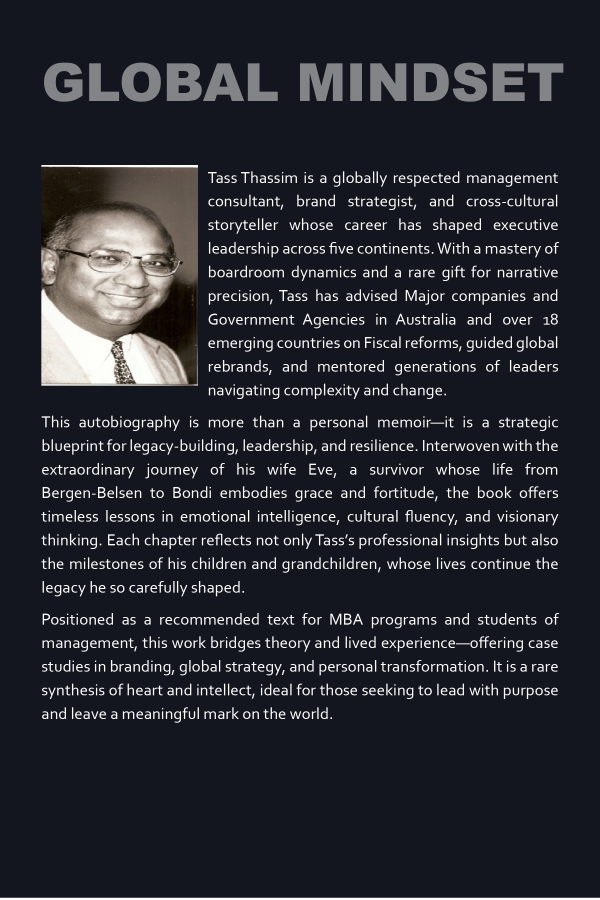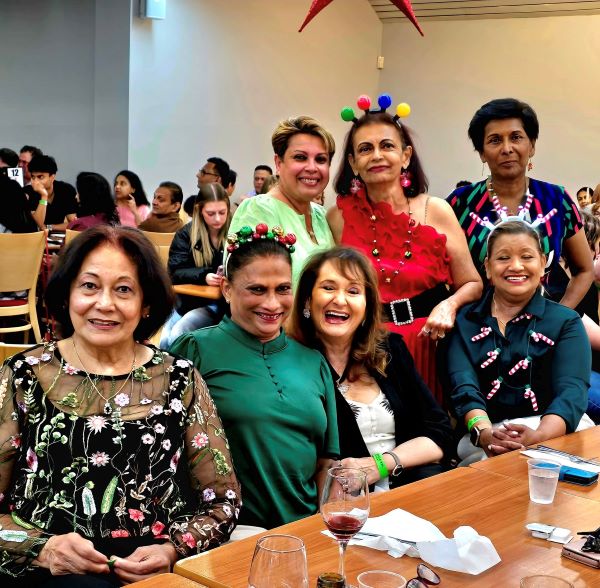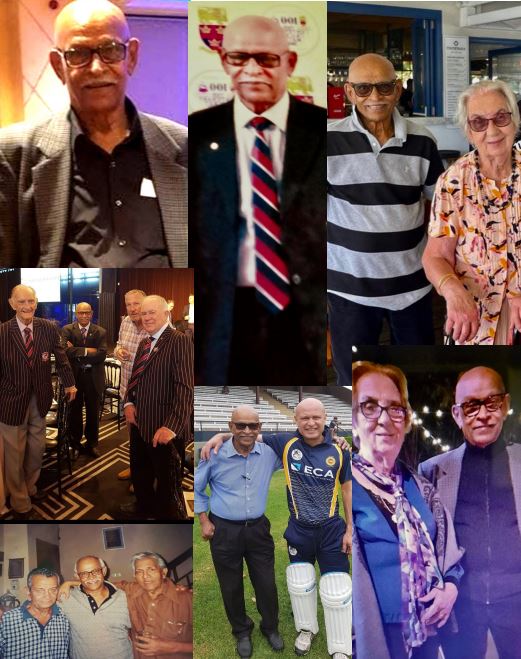Do we learn or acquire the grammar of a language?-by Dr. Tharanga Weerasooriya

Source:Dailynews
In the previous article we introduced the ideas of descriptive and prescriptive grammar with respect to the analysis of the grammar of a particular language. We discussed in detail what is referred to by prescriptive grammar. I hope this discussion served to understand the nature of language with respect to its composition as a system of grammatical rules.
 Prescriptive grammar is the traditional grammar that we learn in school mostly. Prescriptive grammar tells us how we should use language. Thus, the idea is that we ‘learn’ prescriptive grammar. In contrast to prescriptive grammar, descriptive grammar has to do with the grammar that we subconsciously apply when we naturally use a language. Thus, the idea is that we subconsciously acquire descriptive grammar. Descriptive grammar tells us how language is used, not how language should be used. Today, we are going to discuss more about descriptive grammar. We will also compare descriptive and prescriptive grammar.
Prescriptive grammar is the traditional grammar that we learn in school mostly. Prescriptive grammar tells us how we should use language. Thus, the idea is that we ‘learn’ prescriptive grammar. In contrast to prescriptive grammar, descriptive grammar has to do with the grammar that we subconsciously apply when we naturally use a language. Thus, the idea is that we subconsciously acquire descriptive grammar. Descriptive grammar tells us how language is used, not how language should be used. Today, we are going to discuss more about descriptive grammar. We will also compare descriptive and prescriptive grammar.
The descriptive grammar of a language
Descriptive grammar aims to describe the grammar of a language as it is used in general or in a speech community. It focuses on accounting for the mental, sociological, historical, etc. processes involved in the production of a certain sentence/utterance in a language rather than saying whether a sentence is grammatically correct or not. For instance, as we discussed last time, prescriptive grammar will tell us that the following sentence is grammatically incorrect, and it should be used in the way that follows it. But a descriptive grammarian will explain the processes that undergo in the production of a sentence like the following. For example, from a mental perspective, it may explain that people in a particular speech community do not follow the subject-verb agreement rule that we find in prescriptive grammar and children in that speech community never acquire or learn the subject-verb agreement and that subject verb agreement rule is not available in the mental grammar of the speakers of this speech community.
From a historical perspective, it might explain that the rule for subject-verb agreement was available at some point in the history of the language, but it was lost at some point in the history of the evolution of the language. From a sociological perspective, descriptive grammar might explain that there are two socio-economic groups: the lower class and the middle class in the speech community and the lower class is not generally exposed to formal education and never learn grammar rules such as the subject-verb agreement rule and that they produce non-standard sentences like the following one.
The elephant love some cats at home.
The elephant loves some cats at home.
Another case in point for descriptive grammar is colloquial Sinhala, which does not follow any prescriptive rules. The grammar of colloquial Sinhala can only be explained from a descriptive perspective. For instance, a prescriptive grammarian will only say that the following sentence that we took up for discussion in the last article is ungrammatical.
Malli sathun-ta adare karanawa. “Brother loves animals.”
 A prescriptive grammarian will tell you that in the sentence above the rule of subject-verb agreement is not followed contrary to the way it is written as in the following and therefore the sentence is ungrammatical.
A prescriptive grammarian will tell you that in the sentence above the rule of subject-verb agreement is not followed contrary to the way it is written as in the following and therefore the sentence is ungrammatical.
Malli sathuna-ta adare karanneeya. “Brother loves animals.”
However, a linguist of descriptive grammar will be more interested in the sentences in colloquial Sinhala, like the one we observed above. Actually speaking, the goal of modern linguistics or linguists is to provide a descriptive grammar of language or a language. For instance, a descriptive grammarian as a linguist will have much to say about the sentence above in colloquial Sinhala. A linguist will consider a sentence grammatical if a native speaker of that language produces that sentence in speaking. For instance, the sentence above in colloquial Sinhala is grammatical to a linguist as a native speaker of Sinhala produced that sentence. Moreover, a descriptive grammarian will have much to say about the mental processes, the underlying structures, etc. involved in the production of that sentence. For instance, a linguist will explain that there is no subject-verb agreement in the mental grammar of a native speaker of colloquial Sinhala. A linguist will also analyse the structure of the Sinhala sentence as following the SOV (Subject Object Verb) pattern as opposed to the SVO structure of the English language.
A linguist will also pay attention to the particle/morpheme –ta as we see in the word sathun-ta in the Sinhala sentence and will refer to it as a particle marking what is known as Case in linguistics. At the same time, a linguist will also compare the Sinhala sentence with the English sentence and will explain that aadare “love” is used as a noun in this sentence while love in the sentence in English is used as a verb. A descriptive grammarian will also explain that karanawa equivalent to “do/does” in English is the verb in the sentence and the noun aadare “love” is the direct object and sathuna-ta “to animals” is the indirect object in this sentence. A modern linguist will also account for how this sentence is processed in the mind of the speaker by way of subconscious phrase structure rules and models such as tree diagrams. Thus, descriptive grammar mostly focuses on the structures/patterns/rules of language that we naturally acquire when we are exposed to a language. However, prescriptive grammar does not cover any of the aspects of these descriptions/explanations/analyses.
Two types of grammar: learnt grammar and acquired grammar
What we can glean from the above discussion is that there are two types of grammar. First, there is the grammar that we learn in school or at home consciously. Second, there is the grammar that we subconsciously acquire along with the process of acquisition of a language. Prescriptive grammar aims to impose the grammar rules that we learn in school or at home for the correct/standard use of language, while descriptive grammar aims to explain the grammar that we subconsciously acquire in the process of acquiring a language.
In today’s article we discussed the notion of descriptive grammar in detail and compared descriptive grammar against prescriptive grammar. I hope this discussion served to understand the nature of language with respect to its composition as a system of both descriptive and prescriptive grammar rules. In the approach we are taking to the analysis of language, we consider that there are properties that are common to any language in the world, and we call these language universals. In our previous articles, we also talked about Universal Grammar (UG). We referred to UG as consisting of universal principles that will serve in the case of acquiring any language. At the same time, we know that there are robust differences among languages. In the Chomkyan approach, the properties that are different among languages are captured under what is called parameters and the properties that languages share in common are captured under what is called principles. Thus, we can analyse the composition of language in terms of what is known as principles and parameters. We will discuss this in detail in the next article.
Email: tharangasjpu@gmail.com
(The writer is a Senior Lecturer, Department of English and Linguistics, University of Sri Jayewardenepura)





















